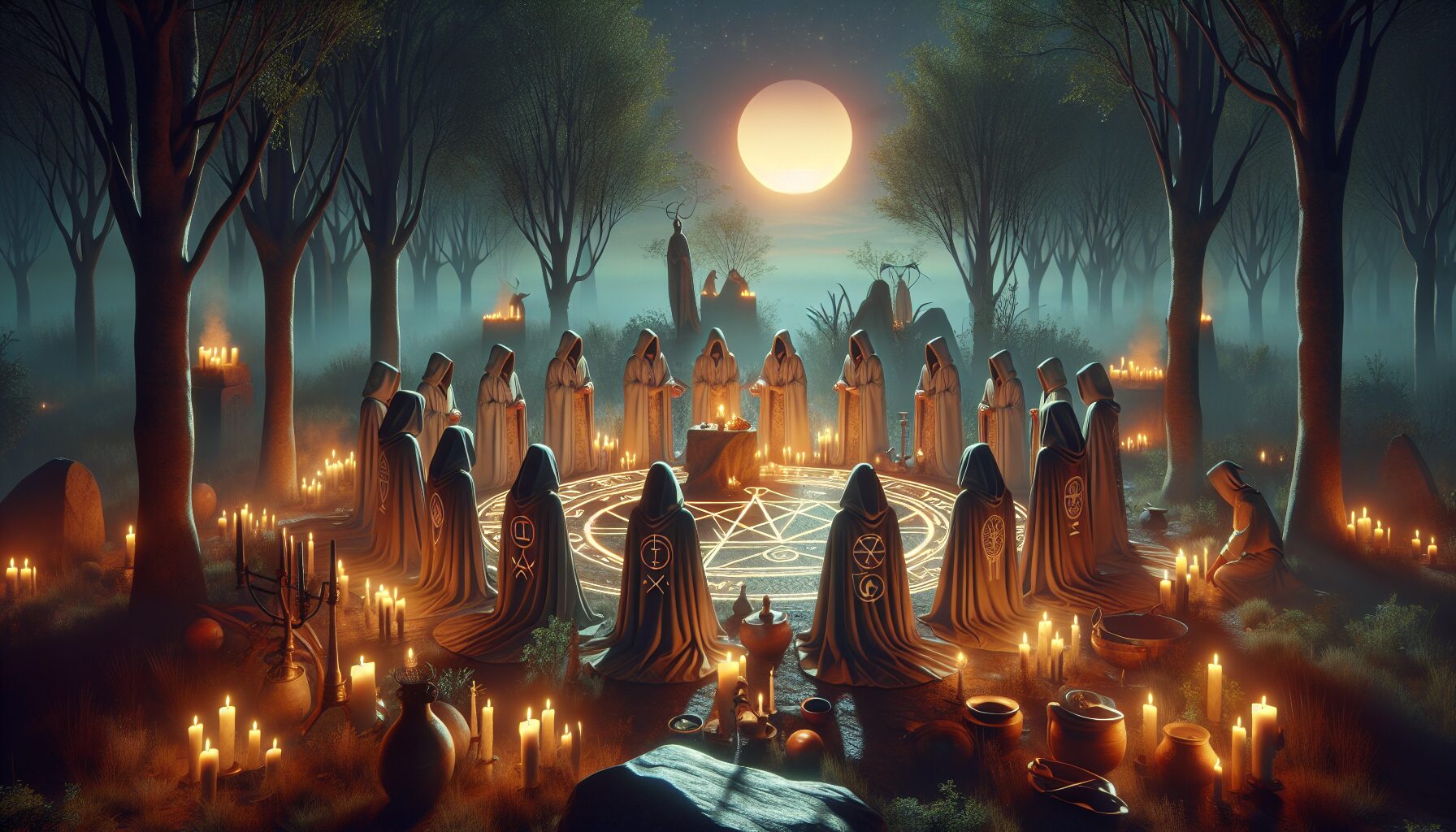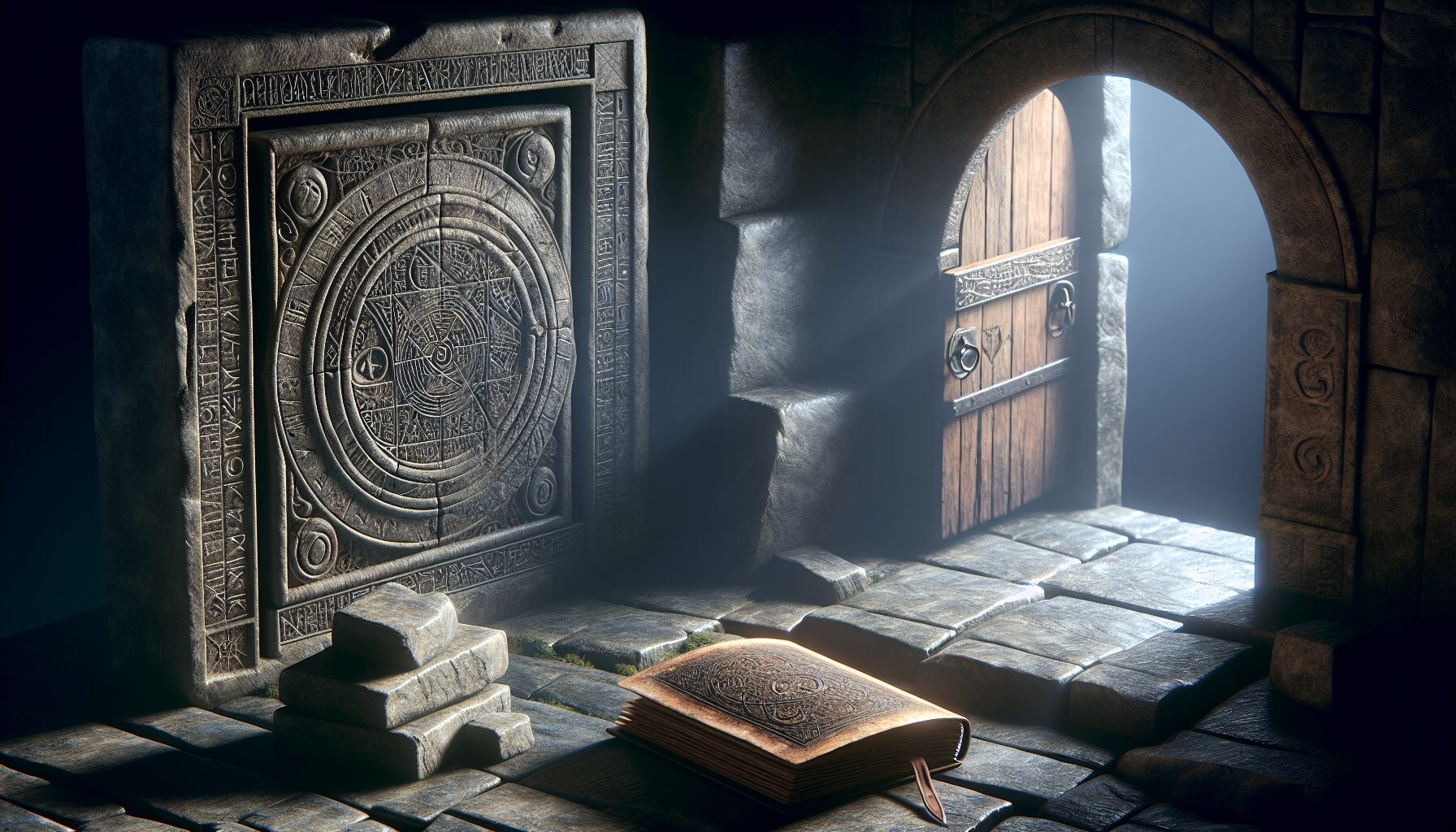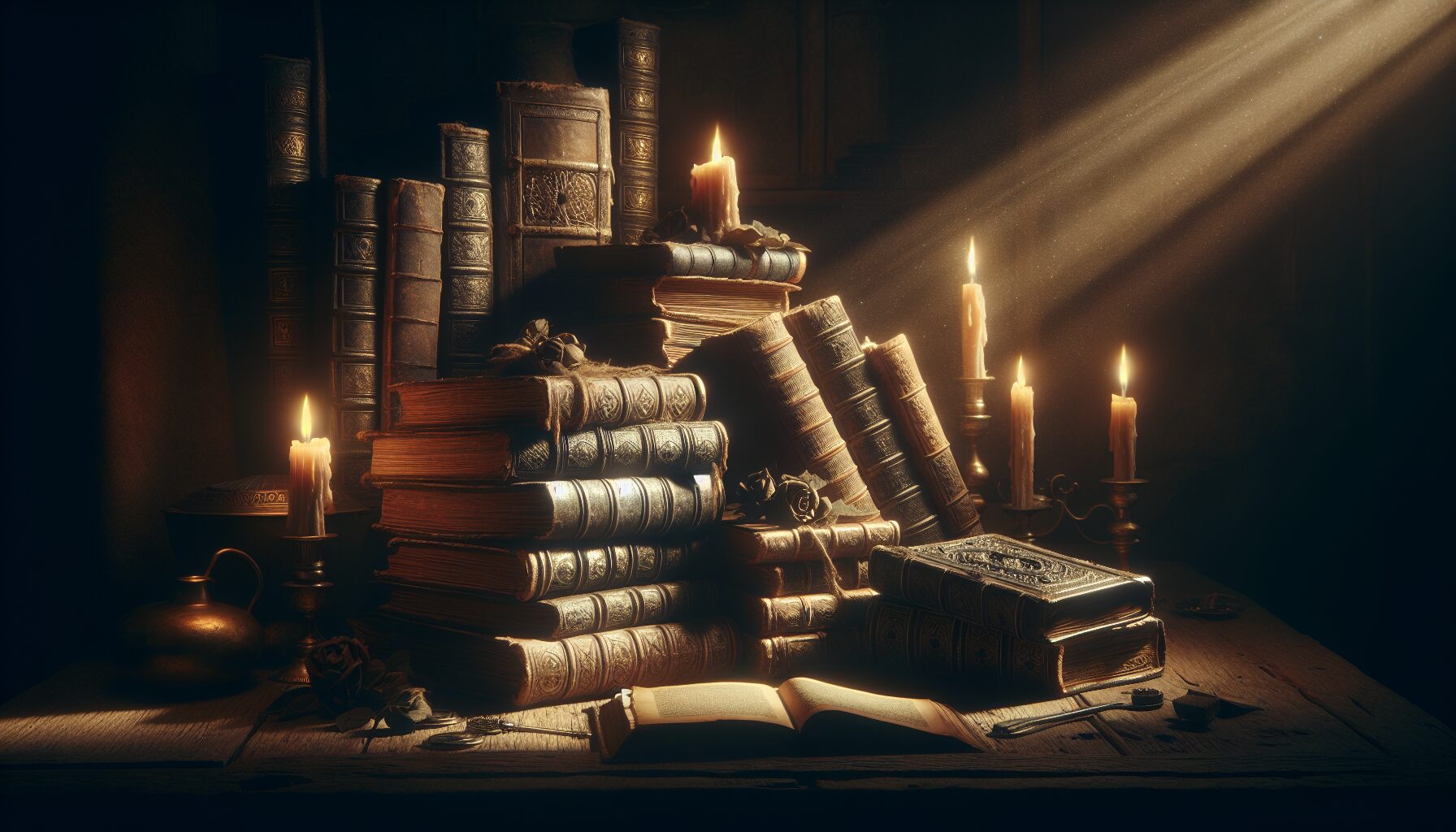Whispered Rites: Secret Ceremonies for Seekers
In the quiet corners of the world where the ordinary meets the mystical, whispered rites are practiced. These secret ceremonies cater to seekers of deeper truths—those yearning to connect with the beyond or to unravel the mysteries of hidden worlds. Throughout history, whispers of these rites have both intrigued and intimidated, shrouded in secrecy but rich with tradition and meaning.
The Enigma of Secret Ceremonies
Secret ceremonies have existed since time immemorial, often acting as the beating heart of mystical practices. These rites are typically veiled in secrecy not only to protect the sanctity of the practices but also to preserve the knowledge from misinterpretation or misuse. In many cultures, the veiling itself adds to the allure and respect surrounding them.
The Historical Tapestry of Rites
The tapestry of secret ceremonies is interwoven with threads from diverse traditions:
- The Eleusinian Mysteries: Practiced in ancient Greece, these rites were associated with the goddess Demeter and her daughter Persephone. Initiates were promised a deeper insight into life and death, although the specifics remain a mystery. According to Britannica, “these Mysteries were the most famous of the secret religious rites of ancient Greece”.
- Sufi Whirling: A mystical Islamic ceremony where participants achieve spiritual ecstasy and connect with the divine through rhythmic spinning. The poet Rumi, an influential figure in Sufism, spoke of the dance as a form of embracing the divine. He professed, “The only lasting beauty is the beauty of the heart”—a testament to the spiritual connection the dance seeks.
- Gnostic Rituals: These early Christian ceremonies focused on personal spiritual knowledge (gnosis) over orthodox teachings of dogma. Many of their texts, discovered in the mid-20th century, emphasize personal enlightenment and inner discovery.
- The Native American Vision Quest: An individual journey of solitude in the wilderness intended to offer insight and personal growth. Participants often emerge with a new understanding and a strengthened bond with the natural and spiritual world.
The Modern Seeker
Today’s seekers are often drawn to whispered rites for a variety of reasons—spiritual awakening, personal growth, or a longing to experience a deeper connection with an intangible world. In our digital age, where information is abundant yet often shallow, the depth offered by these rites provides a sanctuary for reflection and discovery.
Marianne Williamson, a spiritual teacher, explained the longing entailed in modern spiritual searching: “Our desire to grow as soul initiates is a quest for ultimate reality.” For many individuals involved in whispered rites, this quest for reality is intertwined with the ceremonies that provide a structured path toward spiritual enlightenment.
Preservation and Adaptation of Rites
While the allure of secret ceremonies is undeniable, their preservation presents a unique challenge in our interconnected world. Amidst the exploration and adaptation within different cultural contexts, these rites risk losing their authenticity. Many traditionalists argue that adaptation can dilute the significance of the ceremonies, while others believe adaptation ensures survival and relevance.
Certain forward-thinking traditions have found ways to maintain the spirit of these ancestral practices while allowing for cautious integration into modern lifestyles. This intricate balance allows whispered rites to survive and continue captivating new generations of seekers without falling into obscurity or becoming mere cultural artifacts.
The Ethical Dilemma
The exploration of secret ceremonies in contemporary times brings with it ethical questions that seekers must address. Respect and cultural sensitivity are paramount when engaging with rites originating from cultures or beliefs outside one’s own. With the increasing accessibility of information, there arises a responsibility to approach these ceremonies with deep respect and reverence.
“Understanding rites that do not belong to our own heritage is a form of honoring them, not a right to possess them,” suggests cultural anthropologist Rachel MacFarlane.
The Personal Journey
Each seeker embarks on their own journey with these whispered rites, creating a unique tapestry of personal insights and revelations. For some, the journey is internal—a quest for personal growth. For others, it serves as a bridge connecting them to unknown dimensions of existence.
A key aspect of participating in these ceremonies is the nature of active engagement. It’s not merely about participating in the motions but about entwining oneself in the essence of the practice. The secret ceremonies invite seekers to shed the layers of the everyday and to face the profound with vulnerability and courage.
The Road Ahead
As we navigate forward into the uncharted territories of personal and collective spirituality, secret ceremonies will likely continue to play a significant role. They offer seekers a gateway to spiritual awakening, personal discovery, and a sense of profound connection. While the world outside becomes increasingly transparent, these rites preserve pockets of sacred mysteries—not to be solved, but to be experienced.
Ultimately, whispered rites serve as a testament to the human spirit’s enduring quest for deeper meaning—a reminder that even in an age of information, some truths can only be whispered.



